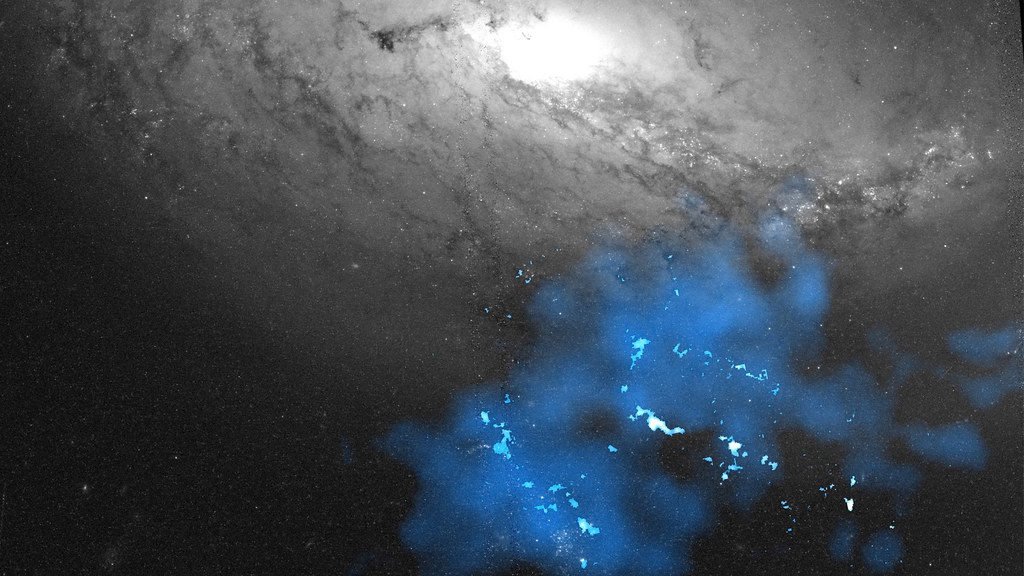
A lot is known about galaxies. We know, for instance, that the stars within them are shaped from a blend of old star dust and molecules suspended in gas. What remains a mystery, however, is the process that leads to these simple elements being pulled together to form a new star.
But now an international team of scientists, including astrophysicists from the University of Bath in the UK and the National Astronomical Observatory (OAN) in Madrid, Spain have taken a significant step towards understanding how a galaxy’s gaseous content becomes organised into a new generation of stars.
Their findings have import...
Read More








Recent Comments